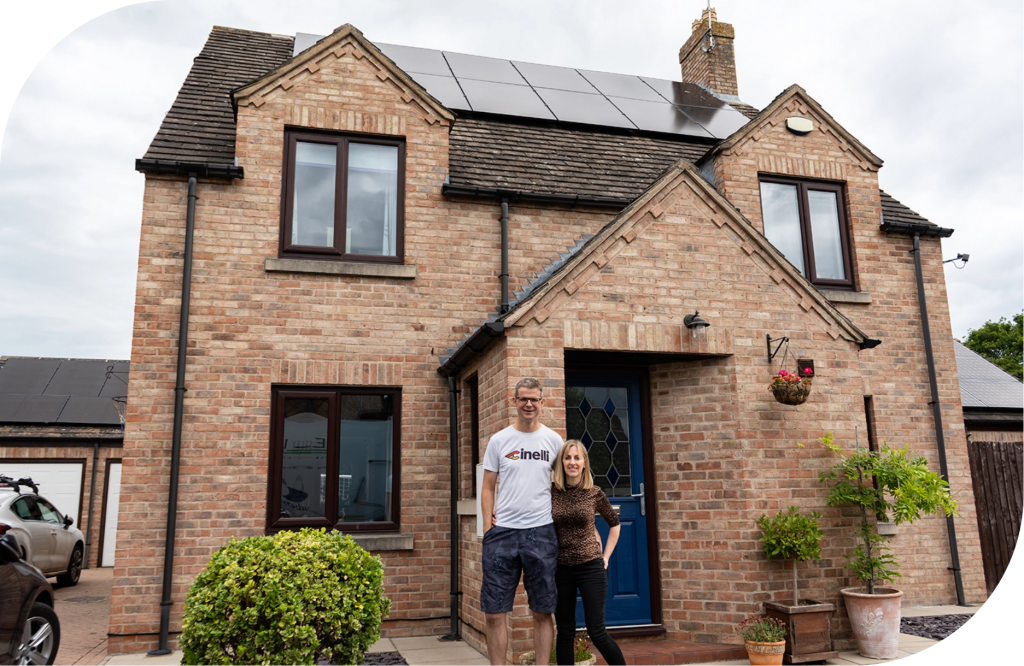
It’s that time of year again when we find out how much we are going to pay for energy!
Yup, on the 1st April Ofgem introduced the latest price cap for all our energy bills – and this time for a typical UK home. Will pay 24.5p per kWh, or £1,690 a year.
Unfortunately, the standing charge will be rising to 60.1p – so, it’s still a bit ‘give with one hand, take with the other’.
The next price cap will be due on the 1st July, and the Money Saving Expert predicts that it will drop to £1,560 a year.
But the Energy Price Cap rollercoaster doesn’t stop there, as the price is due to climb again in October 2024 – this time to £1,631 a year … which is getting pretty close to what we are paying now.
So, remember: your bills will be reducing for the next 6 months, but will start to rise again as we move towards Christmas.
What is the Energy Price Cap?
The Price Cap had to be introduced by Ofgem on 1st January 2019 when the variable rates were starting to get a bit out of hand and customers were in danger of being ripped off.
Ofgem are the Generation Industry’s regulator and are tasked with setting the price energy providers can charge customers for their gas and electricity.
They can vary the unit of gas and electricity price plus set a maximum daily standing charge for being connected to the grid.
Ofgem base their calculations on wholesale energy prices, which is what your energy provider pays when buying in bulk before passing the energy on to you.
The Ofgem regulation only applies to energy providers’ standard and default tariffs, but that’s what most domestic customers are now on.
What can we do about fluctuating energy bills?
Not much … or can we?
The Ofgem energy cap can protects us by trying to keep the price per unit at a reasonable level, but they can’t control world events or the amount of fossil fuels coming out of the ground.
Fuel scarcity, conflicts and market forces are all going to make things much more expensive for us customers in the future and, until we have a 100% renewable or nuclear energy, nothing is going to change.
The one thing we can do to protect ourselves from the fluctuating energy market is produce our own, renewable electricity.
That’s much easier than you may think – Domestic Solar Systems are becoming incredibly popular, and people are even adding wind-based generation to their homes.
Here at Solar Fast we know solar: We know it takes less than a day to install a system, we know it can save you 70% on your bills, we know it’ll reduce you carbon footprint and we know that you’ll gain a little energy independence.
So, is this summer may be the time to start thinking about producing your own energy?
If it is, click here to book an obligation free consultation.


It’s that time of year again when we find out how much we are going to pay for energy!
Yup, on the 1st April Ofgem introduced the latest price cap for all our energy bills – and this time for a typical UK home. Will pay 24.5p per kWh, or £1,690 a year.
Unfortunately, the standing charge will be rising to 60.1p – so, it’s still a bit ‘give with one hand, take with the other’.
The next price cap will be due on the 1st July, and the Money Saving Expert predicts that it will drop to £1,560 a year.
But the Energy Price Cap rollercoaster doesn’t stop there, as the price is due to climb again in October 2024 – this time to £1,631 a year … which is getting pretty close to what we are paying now.
So, remember: your bills will be reducing for the next 6 months, but will start to rise again as we move towards Christmas.
What is the Energy Price Cap?
The Price Cap had to be introduced by Ofgem on 1st January 2019 when the variable rates were starting to get a bit out of hand and customers were in danger of being ripped off.
Ofgem are the Generation Industry’s regulator and are tasked with setting the price energy providers can charge customers for their gas and electricity.
They can vary the unit of gas and electricity price plus set a maximum daily standing charge for being connected to the grid.
Ofgem base their calculations on wholesale energy prices, which is what your energy provider pays when buying in bulk before passing the energy on to you.
The Ofgem regulation only applies to energy providers’ standard and default tariffs, but that’s what most domestic customers are now on.
What can we do about fluctuating energy bills?
Not much … or can we?
The Ofgem energy cap can protects us by trying to keep the price per unit at a reasonable level, but they can’t control world events or the amount of fossil fuels coming out of the ground.
Fuel scarcity, conflicts and market forces are all going to make things much more expensive for us customers in the future and, until we have a 100% renewable or nuclear energy, nothing is going to change.
The one thing we can do to protect ourselves from the fluctuating energy market is produce our own, renewable electricity.
That’s much easier than you may think – Domestic Solar Systems are becoming incredibly popular, and people are even adding wind-based generation to their homes.
Here at Solar Fast we know solar: We know it takes less than a day to install a system, we know it can save you 70% on your bills, we know it’ll reduce you carbon footprint and we know that you’ll gain a little energy independence.
So, is this summer may be the time to start thinking about producing your own energy?
If it is, click here to book an obligation free consultation.








